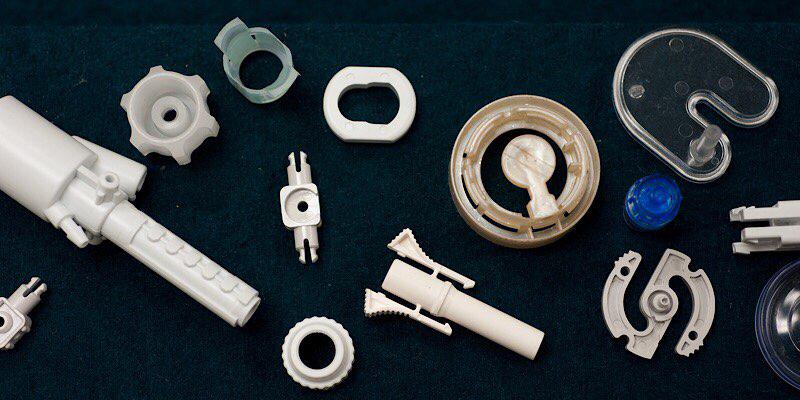Posted on: Aug 9, 2018, | By Candy, WayKen Marketing Manager
We can’t imagine the modern industry without plastics. Modern industrial-grade polymers are easy to manufacture and process. They have considerable strength, great corrosion resistance, and above all, very small weight compared to any kind of metal. That’s what makes them so popular among industrial designers. Due to that popularity, plastic prototyping techniques have been on a roll these couple of decades. Let’s see, what they can offer us now.
Plastic Prototyping Today
For a long time, Plastic manufacturing has been the domain of mass production. You had to have an injection mold and the machine tool that injected plastic into the mold. The whole system was very expensive and any kind of changes in the design of such a system is very costly. This is why metal has been the number one prototyping material for a long time, especially since the rapid development of digital systems and consequently computer numerical control machines. However, that changed with the coming of rapid prototyping processes.
The Development of Rapid Plastic Prototyping
The first among them was vacuum silicone casting techniques, which substituted hard tooling with the soft one. Silicone molds are much cheaper and easier to manufacture.
The next changes were brought by the innovative additive manufacturing processes that required no blanks or tooling at all. Apart from that, they offer unrivaled design freedoms.
Lastly, CNC machining processes enabled the possibility of rapid plastic injection molding. Aluminum interchangeable molds that have better manufacturability compared to instrumental steel can shorten the tooling lead time up to 60%. In addition to that, changing the cavity of an aluminum mold is much easier than that of heat-treated steel.
The Benefits of Implementing Rapid Plastic Prototyping
- Plastic Prototype Cost. Plastic materials usually have a low melting temperature, good maintainability, and are overall easy to process. This makes the plastic prototype production quite cheap. If you don’t have a big budget, you can basically buy some silicone, pour it over a master model ( made manually if you will), wait, and cast the parts at home.
- Durability. Plastic materials have great durability. They have good stability, fatigue strength, and friction properties. However, you should try to keep them from UV lights and low temperatures as some polymers become brittle under such conditions.
- Reliability. Plastic Prototyping processes are well developed. There are a lot of professional injection molding services that employ such techniques every day. If you are doubtful about the choice of the best method and the way to execute it, you can always consult with the pros.
- Recyclability. The age where plastic pollution has been the biggest ecological issue is gone. Modern industrial plastics are designed to be recyclable, their production without any major harmful wastes.
- Lead time. Modern rapid prototyping processes are perfect for manufacturing low volume plastic part batches. In some cases, you can obtain your prototype within a single week by ordering from the injection molding services. All of that is due to the fact that plastic prototyping requires very little post-processing.
Where Plastic Prototypes Can Help
Plastic prototype parts are not only used to create kitchenware and home appliances. They have many more uses. For example, a lot of medical-grade products are made of plastic since some polymers combine well with human tissue and are very lightweight. Transparent plastic parts are widely used in automotive lighting. They are less brittle than glass. A lot of plastics provide for good insulation or heat isolation parts so if the product has some surfaces that are heated or under high voltage, plastic handles and enclosures ensure the safety of the user. Due to their good friction qualities, some polymers are used to manufacture cheap and efficient bearings.
The Top 4 Types of Rapid Plastic Prototyping Options
With the rapid advancements in the manufacturing industry, casting, 3D-Printing, injection molding, and CNC machining. These technologies that based on quick-turn, 3D CAD-based prototyping tools have been widely used in plastic parts.
1.Casting techniques for plastic prototype manufacturing
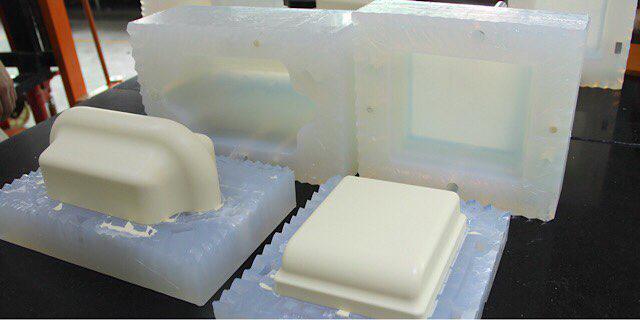
Silicone casting is a great process for low batch plastic prototype fabrication since it requires a master-model ( a sample) to create the molds. You usually suspend the master model over an empty tank. Then, you add some technological elements (usually plastic as well) to the model, like the channel to pour plastic into, ventilation so on. After that, you pour liquid silicone into the tank, wait until it is solid and sometimes cure it in the oven. You split the mold in half and it’s ready to produce up to 25 plastic parts. No capital investments are necessary
2. How to use 3D-Printing for plastic prototyping
Additive manufacturing or as it is often called 3D-printing is a comparatively innovative process of manufacturing different parts. What defines 3D printing is the change of mass. The blank is usually bigger than the final part. However, it is completely different for the AM. The blank part is either powder or a thin thread. It is administered to the base plate of the printer layer by layer and is sintered or cured to copy the current cross-section of the part. From its invention in the 1980s, AM has made a large step. The precision, surface finish, material choice, and lead time of additively manufactured.
Selective Laser Sintering(SLS)
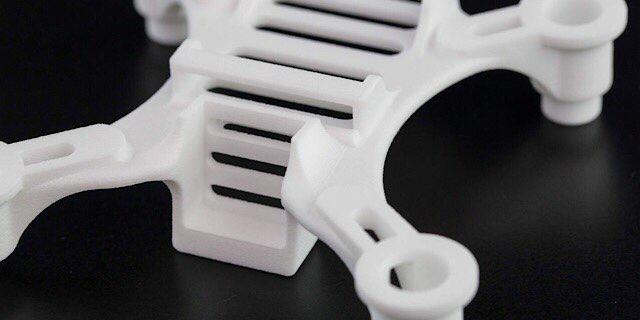
Selective laser sintering is the first process among the many additive manufacturing techniques used for rapid plastic prototyping. It is the most universal type of Additive processes that can be used for practically any type of material. Among those are, of course, plastics. They don’t require a lot of laser power to be sintered together and the main advantage of spreading powder over the base plate is that it serves as a support structure for overhanging elements to some degree.
Fused Deposition Modelling(FDM)
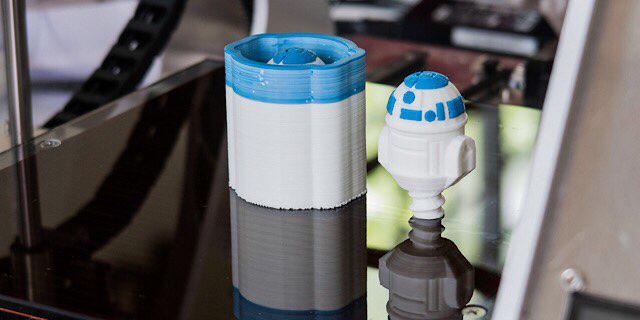
FDM is the cheapest and easiest additive process available to manufacture plastic prototypes. A lot of hobbyists create FDM 3D-printers at home. FDM uses raw material in the form of a plastic thread that is liquefied and set down on the plate in the form of the current cross-section of the part. Overhanging structures are supported by using another material – a more brittle type of plastic that is easily removed. Overall, FDM is the cheapest process that yields the worst surface finish and quality and required more post-processing if aesthetics are important.
Stereolithography(SLA)
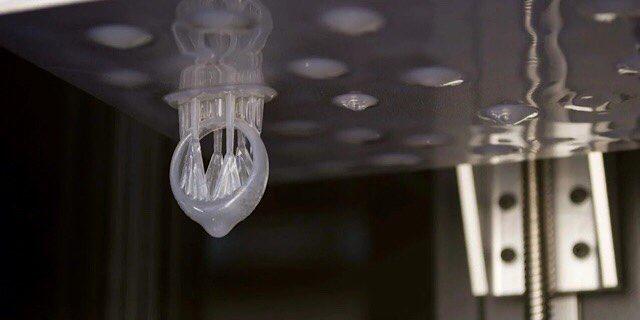
SLA is considered the father of all the 3D-printing processes. It is also the process with the best part quality. The surface finish is almost perfect and the precision is only limited by the UV/laser light diameter. The process is widely used to manufacture master-models for future casting and prototypes where aesthetics are concerned. SLA, however, is the most expensive process since the liquid polymer is very expensive and you hee to pour a considerable amount of it into the tank. another issue with SLA is the support structures. They can only be manufactured using the model material and have to be mechanically removed. That can leave blemished on the surface that needs to be post-processed.
Multijet Printing(MJP)
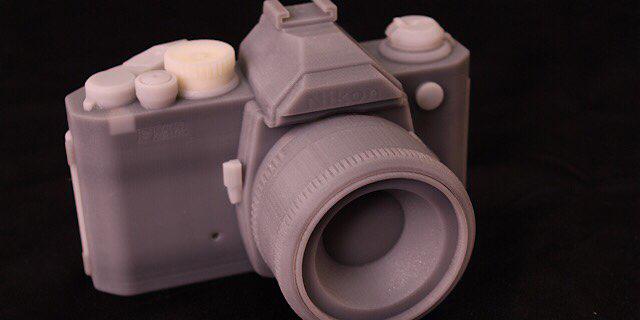
Multijet printing is one of the popular choices for prototypes made of plastic since it has a lot of the advantages FDM offers and lacks some disadvantages of the SLA process. The point of MJP is melting the raw plastic into droplets and issuing them from the nozzle of the printer in the required contour. The advantage of MJP is that the quality of the parts is similar to SLA but you don’t need to fill a whole tank of liquid polymer and think what you are going to do with the rest of it. MJP is the only multicolor process among the mentioned ones as well.
Post-processing of 3D-printed prototypes
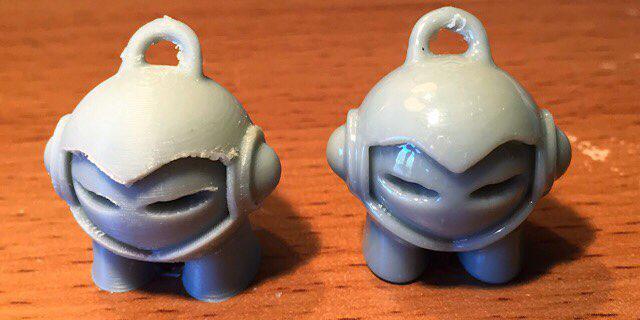
Despite the achievements in the Additive Manufacturing area, in a lot of cases, the plastic parts require some kind of postprocessing. The most widespread methods include machining, polishing, and chemical processes. The first technique is fairly simple. You install the manufactured part into a machine tool and process it with a mill. Polishing is a familiar process a well. It uses a special paste and a polishing instrument to get the perfect surface finish. The chemical processes include acetone processing and coating. The first among those uses gaseous acetone to melt the surface of the part and make it smoother. The process is very efficient but is suitable for a limited number of polymers. The coating is more universal. You basically cover the part with paint or some other element to increase surface quality.
3. How to create a plastic prototype with rapid injection molding
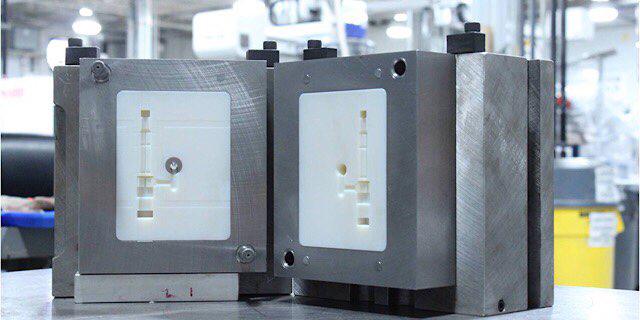
Rapid plastic injection molding is a variation of the conventional injection mold manufacturing technology. The main difference is in the details. For example, rapid molds have more joints. The cavity of the mold is connected to the base. So, if you need to modify the design, you can just remove the cavity and change it without changing any other elements. This lowers the accuracy but increases flexibility. In addition to that, instead of hardened steel, which is fit for millions of iterations, aluminum alloys are used. They are less durable, sure, but their manufacturability is up to 5 times better. All the modifications make it possible to use plastic injection molding even for prototypes. It is advisable, however, to use it for the highest-quality works since the process is still quite costly.
4. When using CNC machining to create plastic parts
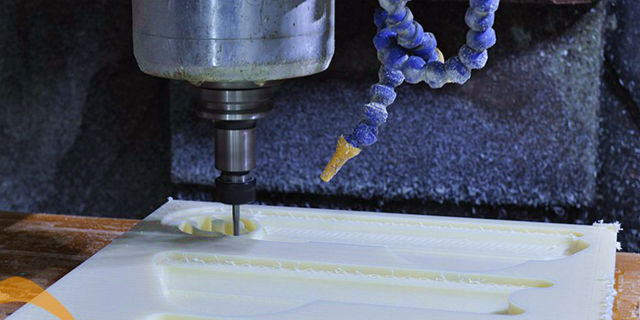
When it comes to machined plastic and metal components, many plastic prototype manufacturers use CNC machining for form, fit, and functional testing of plastic parts, because of its advantages in the prototyping realm. With the upgrading of production-grade material selection that machining brings, at Wayken, we use CNC prototyping to create plastic prototypes and metal parts, which allows your design team to closely simulate the final product appearance and function while reflecting the validity of assembly work, and give the valid time and space to modify and optimize the design.
The Future of The Rapid Plastic Prototyping Technology
In the future, the majority of the professionals predict that additive manufacturing will take up an even larger chunk of the prototyping market. It is, after all, perfect for the case. If some more developments are made to increase the printing speed and part quality. Porosity is also a current issue. A lot of research is being performed to overcome the imperfections of 3D-printing and it is probable that AM will be the perfect choice for Plastic prototyping in the next decade if some kind of another innovative process is not invented. Want more information, you can find our plastic machining capabilities.

